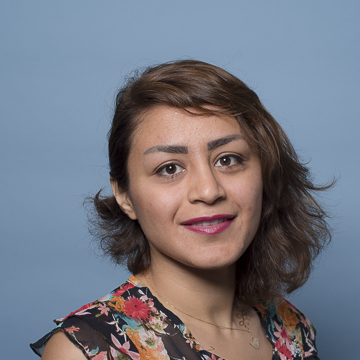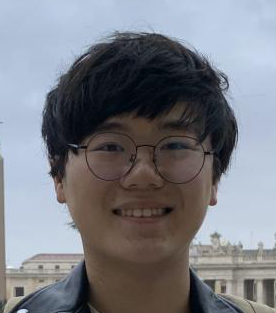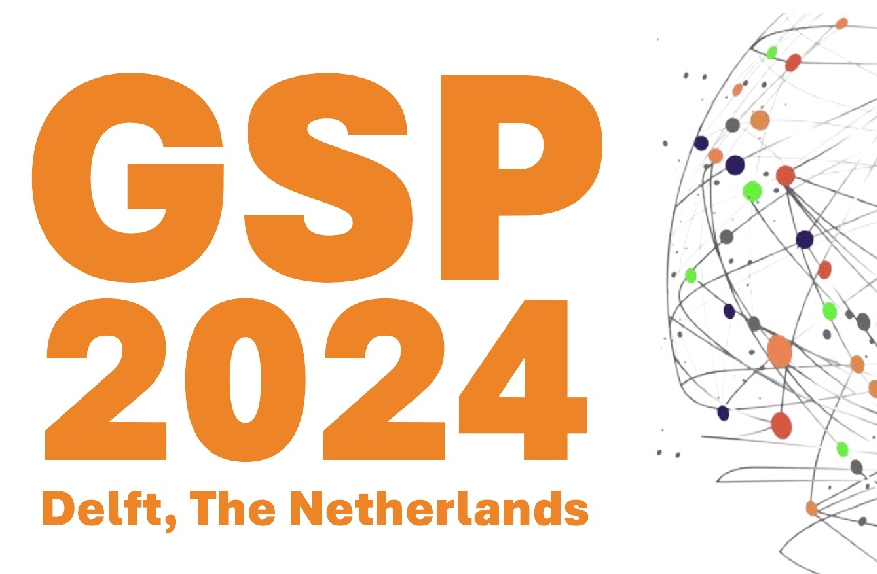Agenda
Signal Processing Seminar
- Thursday, 26 September 2019
- 13:30-14:30
- HB 13.100
Local Activation Time estimation in Atrial Electrograms
Bahareh Abdi
The interpretation of unipolar electrograms is complicated by interference from nonlocal activities of neighbouring tissue. This happens due to the spatial blurring that is inherent to electrogram recordings. In this study, we aim to exploit the high-resolution multi-electrode recordings during atrial mapping to amplify local activities and suppress non-local activities in each of the electrograms. This will subsequently improve the annotation of local deflections and local activation times (LATs) of the electrograms.
According to electrophysiological models, electrogram array can be modelled as a spatial convolution of per cell transmembrane currents with an appropriate distance kernel, which depends on cells’ distances to the electrodes. By deconvolving the effect of the distance kernel from the electrogram array, we undo the blurring and estimate the underlying transmembrane currents as our desired local activities. However, deconvolution problems are typically highly ill-posed and result in unstable solutions.
To overcome this issue, we propose to use a regularization term that exploits the sparsity of the first-order time derivative of the electrograms. We also discuss, in summary, the required electrode array specifications including the spatial resolution and electrode diameter for an appropriate electrogram array recording and subsequent deconvolution.
We perform experiments on simulated two-dimensional tissues, as well as clinically recorded electrograms during paroxysmal atrial fibrillation. The results show that the proposed approach for deconvolution can efficiently amplify the local deflection in fractionated electrograms and attenuate nonlocal activities. This, in turn, improves the annotation of the true LAT in the fractionated electrogram.
Additional information ...
Agenda
- Thu, 25 Apr 2024
- 11:00
- HB 17.140
Signal Processing Seminar

Yanbin He
Modelling Error Correction in Sparse Bayesian Learning via Grid Optimization
- Tue, 30 Apr 2024
- 10:00
- HB18.090
MSc SPS Thesis presentation
Wim Kok
A SystemC SNN model for power trace generation
- Mon, 6 May 2024
- 12:30
- Aula Senaatszaal
PhD Thesis Defence

Christoph Manss
Multi-agent exploration under sparsity constraints
- Tue, 21 May 2024
- 10:00
- Aula Senaatszaal
PhD Thesis Defence

Wangyang Yu
- 27 -- 28 May 2024
- Aula, TU Delft
Conferences

44th Benelux Symposium on Information Theory and Signal Processing (SITB'24, Delft)
- Tue, 18 Jun 2024
- 15:00
- Aula Senaatszaal
PhD Thesis Defence

Hanie Moghaddasi
Model-based feature engineering of atrial fibrillation
- Mon, 24 Jun 2024
- Aula, TU Delft
Conferences
